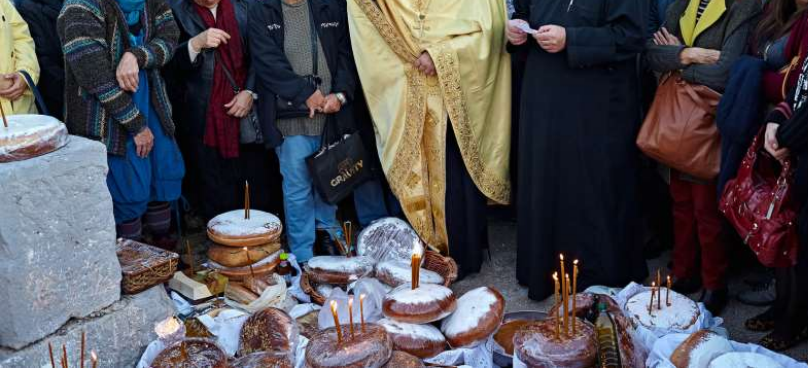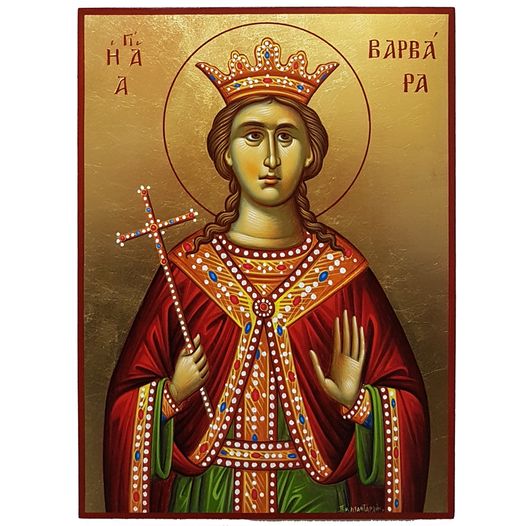Archaeological Museum of Elefsis
Useful
Information
Iera Odos and, Sotiriou Gkioka 1, Elefsina 192 00, Greece
Informations
Address:
Iera Odos and, Sotiriou Gkioka 1, Elefsina 192 00, Greece
Website:
https://archaeologicalmuseums.gr/en
Archaeological Museum of Elefsis
The Museum of Elefsis invites the visitor to a journey through time to one of the five holy cities of ancient Greece, famous for the Elefsinian Mysteries that were held in honor of the goddess Demeter and her daughter Persephone. It is located inside the archaeological site, built on the southern side of the hill that formed the residential fabric of the ancient city. The building, designed by the architect Ioannis Moussis and was completed in 1890. In the halls and in its forecourt, they are visible many important findings that come mainly from the excavations in the sanctuary of Demeter and also from the ancient cemeteries.
In a brief presentation, the exhibits included are:
Architectural members and architectural sculptures from the buildings of the sanctuary. Of these, the section of the altarpiece of the Telesterion of Pisistratus with the decorative ram’s head (6th century BC), the Fleeing Daughter from the pediment decoration of the Holy House (5th century BC), the colossal statue of Kistophoros Koris stands out, one of the two Caryatids that supported the roof of the Roman Lesser Propylaea, and a series of original and replica small architectural sculptures, from a Roman temple imitating the “”Parthenon sculptures””. Of particular interest are the two models of the sanctuary in the 6th century i.e. when it was fortified for the first time by Peisistratus and during Roman times, when it was expanded and monumental new buildings were built.
Tributes-votives of the belivers to the goddess Demeter, to her daughter, Persephone and to other deities, such as the marble votive relief depicting Demeter and Koris (5th century BC), the copy from the large Eleusinian relief with the mission of Triptolemos, the relief of Persephone purifying a young mystic (4th century BC), the votive relief depicting Persephone, Triptolemus, Demeter and supplicants (4th century BC). From the Roman years, the impressive relief of Lacrateides stands out, in which Triptolemos, the assignor, his family as well as deities of Elefsis are depicted. Also, the statuette of Poseidon with a base resting on an Ionic capital and the headless statuette of naked Dionysus holding a beetle. The tributes-votives include the black-colored vases of exceptional aesthetics, the clay and marble figurines, the clay plaques and the clay paintings, with the most characteristic being the copy of a red-figure painting, a dedication of Ninni, which depicts mystics coming to the sanctuary for the celebration of the Elefsinian Mysteries.
Statues, with the most important being among others the headless statue of the goddess Demeter which is considered to be the work of the famous sculptor Agoracritus of 420 BC, the headless statue of Asclepius, an original work of the 4th BC, the archaic statue of a basin girl and the headless statue of a basin girl with oblique Ionic robe and tunic. Of the statues of Roman times, most depict emperors, while the one of Antinous, the young favorite of Hadrian, stands out. Clay and marble vessels from prehistoric to Roman times, with the most characteristic being the horns and the floodgates that were used exclusively for the worship of the goddess Demeter and Persephone in the sanctuary. It is also worth mentioning the interesting detailed relief in which Demeter, Persephone, an Elefsinian hero and Athena are depicted. The inscription mentions the issue of the bridging of the sacred lake of the Reites (today’s Lake Koumundourou), in 421 BC.
Finally, the museum presents many exhibits that were found as offerings in the rich tombs of the ancient cemeteries and especially from the so-called “”Western Cemetery””, the main necropolis of Elefsis since prehistoric times and from the “”Southern Cemetery””, an extensive cemetery of the historical times in south slope of the Acropolis. Among the most important and interesting exhibits are the Proto-Attic amphora (650 BC) that has in its necck a representation of the blindness of Polyphemus and the myth of Perseus and Medusa on his body, while the copper urn (burial vessel) contained the remains of a dead woman’s cremation and was placed in a stone case (480 BC). Also, an important and intresting exhibit is a child burial in a clay urn dating back to classical times.
In the forecourt of the museum are exposed Roman statues, capitals from the Small Propylaea, one out of the two large marble torches which was the vow of a rich mystic, marble funerary vessels and, finally, an impressive marble sarcophagus of the 2nd century. A.D. with a multifaceted representation of a Calydonian boar hunt on its main face. Also, it is worth mentioning that in the archaeological site where the museum is located, festive events are organized every year.
Elefsis in ancient times was for 2000 years (1600 BC – 400 AD) one of the five holy cities with the Elefsinian Mysteries attracting pilgrims from all over the then known world. The name of the city is made wider thanks to the great tragic poet Aeschylus, where he was born there. In 1975, on the 2500th anniversary of the birth of Aeschylus, a committee was formed to organize celebratory events in his honor, as a minimal tribute to his incomparable spiritual contribution to humanity. AESCHILEIA, as it was named in honor of the tragic poet, has been the leading cultural event of Elefsis since 1975 and takes place in September, the same period when the Elefsinian Mysteries were taking place during the ancient times. In the early years of its establishment, the Aeschyleion Organizing Committee was held all theatrical performances in the archaeological site, but over the years the events were slowly moved to other areas of the city.






